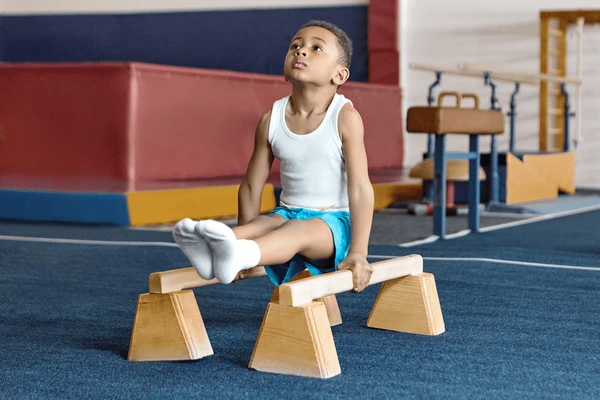Here’s why aimlessly subjecting our kids to “dad’s favorite sport from back in the day” isn’t a good idea.
“Everybody is looking for ‘sport specific training’ for their 12 year old, but the most athlete preteens are always the ones with backgrounds in gymnastic, dance, and soccer, which develop a wide range of general athletic qualities.
Maybe it’s not about ‘spin rate’ at 12, Jim?”
-Ray Zingler on X
You ever see that dad under hand tossing his 3-year-old a ball while his kid struggles to make contact even with the big barrel plastic bat?
But he does it over and over to try to get him to do it. He’s not doing it for his kid’s sake, he’s doing it for himself so he can send the video to his buddies with the note, “the next Mark McGuire.”
Meanwhile his kid can’t even do a forward roll. But hell yeah brother, let’s focus on poor swinging mechanics and hand eye coordination (that isn’t even naturally developed yet).
I cringe when I see parents of very young children primarily focused on getting their kids involved in their favorite sports from “back in the day”, initially.
Joking or not, a lot of people do this because they want to see their kids become phenoms in said sport and/or they want to see them surpass the level they made it to, which was usually JV All-County Honorable Mention.
As much as I appreciate golf, baseball, football, and lacrosse, these specific sports probably aren’t the best sports to sell your youngin’ out on at age 4. Well not probably, but definitely aren’t.
It’s obviously not because these sports are inherently bad sports, it’s because there are other options that do a far better job building global elements of athleticism.
The sports that are best to get the young bucks started in are what the Ego Driven JV Hero dad refers to as “pansy” sports.
Gymnastics, dance, swimming, soccer, & karate.
These sports expose the kids naturally to a wide range of general athletic qualities that are critical to overall athletic development: Strength, sprinting, jumping, bounding, stability, mobility, coordination, proprioception, flexibility, change of direction, etc.
In the process these sports are also building a general work capacity (conditioning) and teaching the kids elements of discipline and self-control.
I hate to break it to you, Jim, but these “sissy” sports provide FAR more athletic performance enhancement value than baseball or football ever could, initially.
It’s important to remember that our ceiling of athletic potential hinges on the quality of our general athletic base.
If we want our kids to be the best they can be, we have to help them build a wide, robust base.



